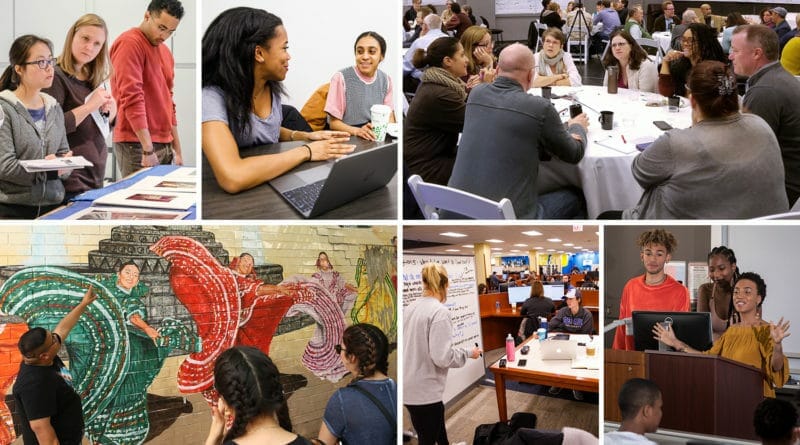4-year Students Benefit from Community College Classes
While they may need guidance from an advisor so they don’t waste time or money on credits that don’t transfer, students at four-year institutions can benefit from taking community college classes in several ways, the researchers note.
For one, community colleges tend to schedule classes at more flexible times. Four-year students can potentially earn their degrees faster by taking courses at two-year schools that their primary college doesn’t offer every semester.
Community college courses also tend to be less expensive than comparable classes at public universities. This can help students take elective or prerequisite courses at a lower cost, potentially reducing the overall price of their education.
And supplemental enrollment can help underrepresented students accumulate STEM credits, the researchers found. While female, Black and Latinx students are usually underrepresented in STEM programs at four-year colleges, they’re overrepresented at community colleges, the researchers note.
“Four-year students from these subgroups may find community colleges to be a more academically supportive environment to earn STEM credits,” they write.
Indeed, the authors found that female and low-income students were more likely to complete a bachelor’s degree in a STEM field when they supplemented their four-year education with community college classes.
STEM education has long struggled with diversity. Only 12.6% of Black students and 16.7% of Hispanic students who earned a bachelor’s degree in 2016 did so in a STEM field, according to a report last year from the American Council on Education. That’s compared to 34.7% of Asian students and 20.5% of white students.
Moreover, men earned 68% of STEM degrees and certificates awarded in the 2015-16 academic year, while women earned around 32%, according to federal data, which does not include a category for nonbinary students.
Recent research also shows lesbian, gay and bisexual students are less likely to stay in STEM majors than are heterosexual students.
Some two- and four-year institutions are tackling the issue head-on. Community colleges in the Central Florida STEM Alliance, for example, hope to increase the number of underrepresented students who transfer to STEM bachelor’s programs.
To do so, participating colleges, including Valencia and Polk State, offer students a summer bridge program, frequent meetings with advisors and the potential to conduct research as undergraduates.
And the University of Maryland, Baltimore County has pioneered a STEM program that other colleges have successfully replicated to retain and graduate more underrepresented students. A broad array of supports, including scholarships and regular meetings with mentors and advisors, make up the backbone of the program.
Dive Brief:
- Students who primarily attend four-year colleges but take some courses at community colleges have better academic and labor market outcomes than those who don’t earn credits at two-year institutions, a new working paper suggests.
- Researchers from the Community College Research Center found that students who enrolled in a four-year college but took as many as 10 credits at a two-year institution were more likely to earn a four-year diploma and have higher wages than four-year students who didn’t take community college classes.
- The results suggest that enrolling in community college classes can benefit four-year college students without increasing their loan debt, the report notes.
Source:
Natalie Schwartz is a reporter for Industry Dive’s Education Dive: Higher Ed publication and is based in Washington, D.C. She graduated from the University of Maryland in 2017 with degrees in journalism and English.
https://www.educationdive.com/news/4-year-students-can-benefit-from-community-college-classes-new-research-su/581698/

